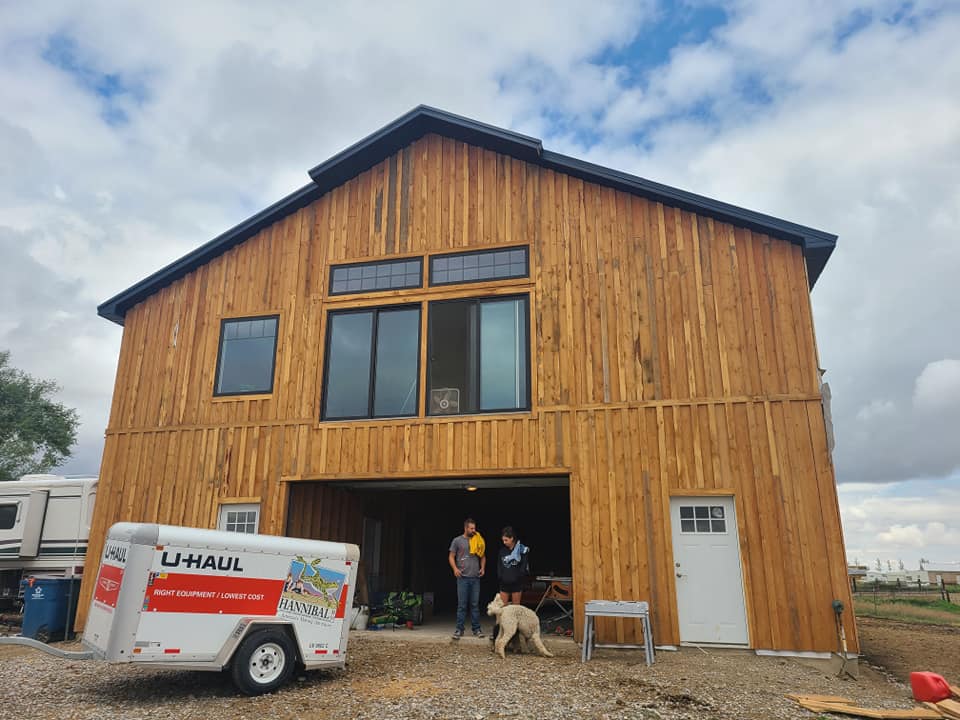
Understanding the Impact of Light on Choosing Interior Paint Colors Sep 17, 2025
Light, whether natural or artificial, significantly affects the way paint colors appear in your home. Before committing to a color palette, it's essential to consider the types of light present in each room. For example, rooms with north-facing windows typically have cooler, indirect light, making colors appear slightly blue or grey. In such spaces, warm tones can help balance the cool light, giving the room a more inviting feel.
On the other hand, south-facing rooms receive ample natural light, which enhances warm colors, often making them appear more vivid. However, intense sunlight can sometimes wash out lighter colors, so it's important to choose shades that maintain their integrity under bright conditions. East-facing rooms bask in warm, yellow tones in the morning and cool tones in the afternoon. Meanwhile, west-facing rooms experience the reverse, with cooler tones in the morning and warm, fiery hues in the afternoon. Understanding these variations will aid you in selecting colors that maintain the desired ambience throughout the day.
Artificial lighting also plays a crucial role. Different bulbs emit varying shades of light, drastically altering how paint colors appear. For instance, incandescent bulbs cast a warm, yellow light, enhancing reds, oranges, and yellows, but downplaying blues and greens. Fluorescent lights produce a stark, bluish light that complements cool tones, yet may dull warmer colors. LED lighting is highly adaptable, available in a spectrum of colors, which can be chosen to complement any paint color. It's vital to consider how these artificial lights will interact with paint before finalizing your color choice.
Sample testing is a key step in this process. We recommend our clients at Higgins Heartland Painting & Remodel to test paint samples in varied lighting conditions. Observe the paint color throughout the day and under artificial lighting to ensure it meets your expectations under all lighting scenarios. Paint samples allow you to avoid costly repainting by helping you see what works best in your space.
Besides light, room size and decor also influence color perception. Lighter colors can make a smaller room feel larger and airier, while darker colors can add warmth and coziness to spacious areas. Coordinating your color choices with furniture and fixtures will also create a harmonious look.
In conclusion, choosing interior paint colors goes beyond personal preference—it requires understanding the intricate dance between light and color. By considering the light sources in each room, you can ensure that your chosen paints look great at any time of the day. At Higgins Heartland Painting & Remodel, we're ready to assist with expert advice and quality service to transform your space, making your visions a reality. Visit our website or contact us today to start your next interior painting project. Remember, the right light can turn a beautiful color into the perfect one for your home.
/filters:no_upscale()/media/90a8591d-35ba-40aa-891c-42e9e0cc8398.jpg)
/filters:no_upscale()/filters:format(webp)/media/4922ea81-10b5-45cf-ae24-7822d453f0d9.jpg)